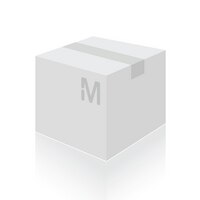05-593-I-25UL Sigma-AldrichAnti-α-Dystroglycan Antibody, clone IIH6C4
Anti-a-Dystroglycan, clone IIH6C4, Cat. No. 05-593-I, is a mouse monoclonal antibody that detects Dystroglycan and is tested for use in Flow Cytometry, Immunocytochemistry, Immunofluorescence Inhibition, Immunohistochemistry, and Western Blotting.
More>> Anti-a-Dystroglycan, clone IIH6C4, Cat. No. 05-593-I, is a mouse monoclonal antibody that detects Dystroglycan and is tested for use in Flow Cytometry, Immunocytochemistry, Immunofluorescence Inhibition, Immunohistochemistry, and Western Blotting. Less<<Recommended Products
概述
| Replacement Information |
|---|
| References |
|---|
| Product Information | |
|---|---|
| Format | Unpurified |
| Presentation | Mouse monoclonal antibody without azide. |
| Quality Level | MQ200 |
| Physicochemical Information |
|---|
| Dimensions |
|---|
| Materials Information |
|---|
| Toxicological Information |
|---|
| Safety Information according to GHS |
|---|
| Safety Information |
|---|
| Packaging Information | |
|---|---|
| Material Size | 25 µL |
| Transport Information |
|---|
| Supplemental Information |
|---|
| Specifications |
|---|
| Global Trade Item Number | |
|---|---|
| 产品目录编号 | GTIN |
| 05-593-I-25UL | 04065266298314 |
Documentation
Anti-α-Dystroglycan Antibody, clone IIH6C4 MSDS
| 职位 |
|---|










